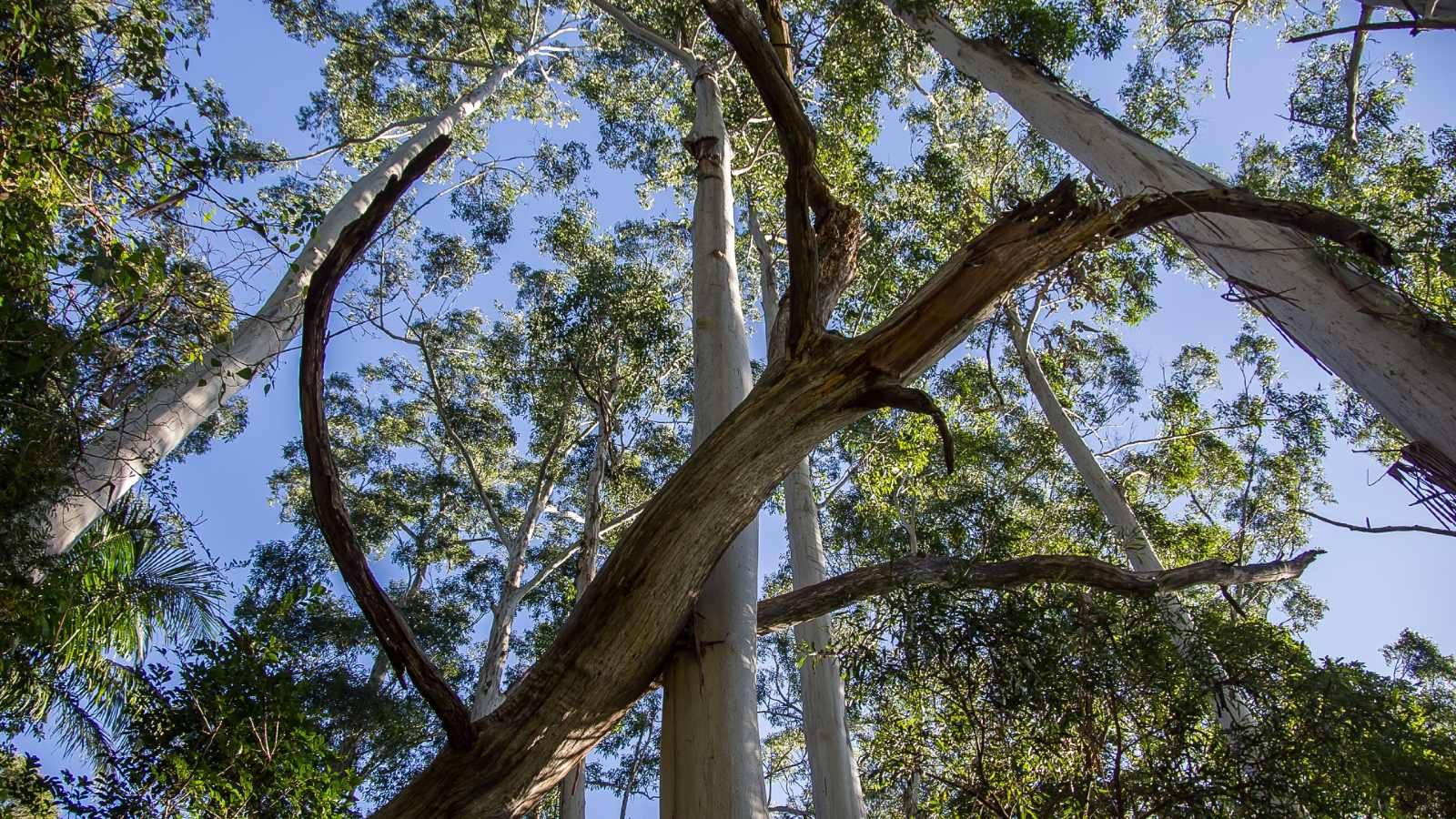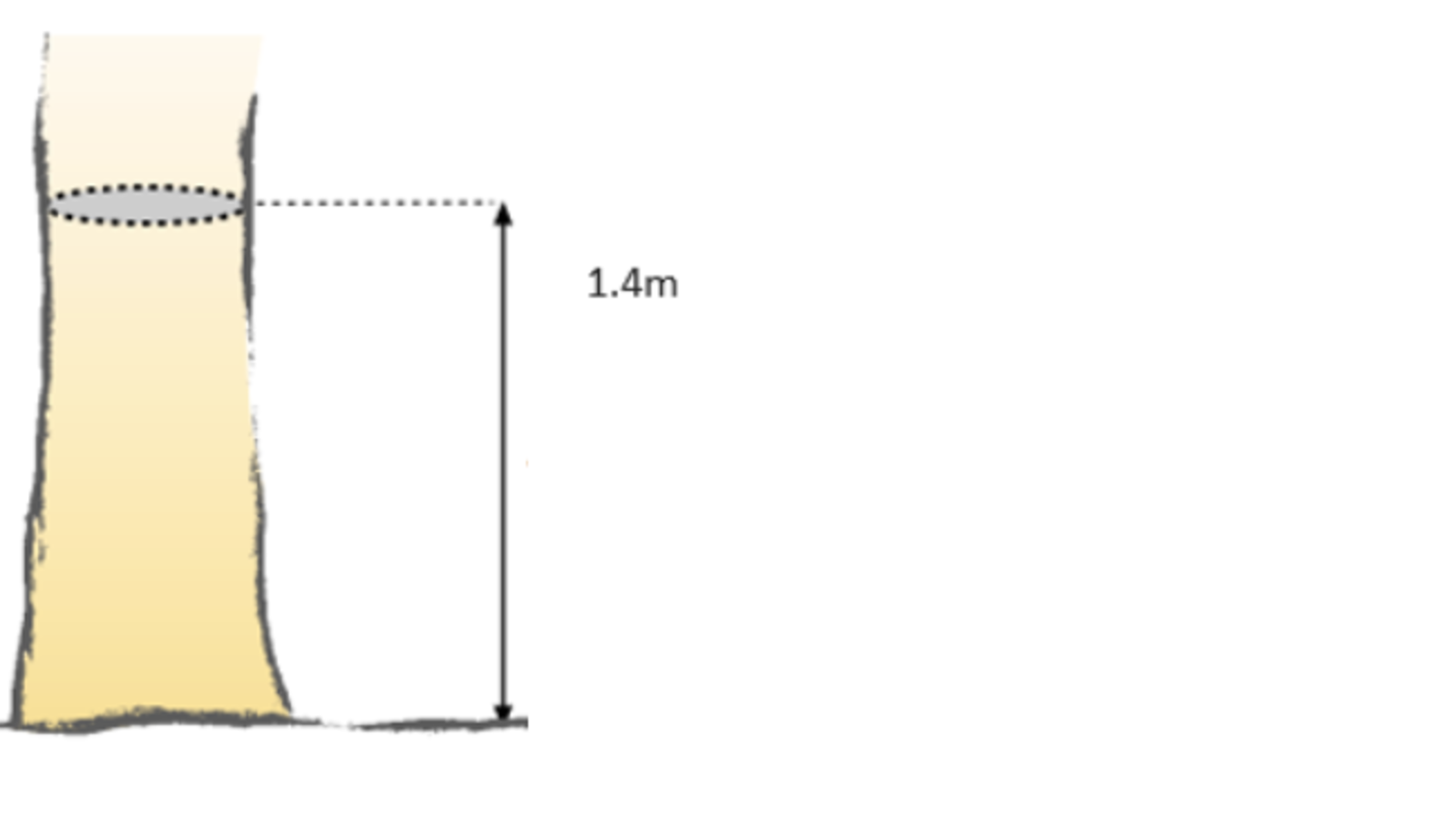Protecting trees on development sites: A guide for developers
Tree preservation is often overlooked during the early stages of development. Local planning controls and legislation require developers to avoid and minimise tree removal, where possible. It is important to consider how to preserve trees during the planning and design stages.
When removing trees is necessary
There are situations where removing trees may be necessary, such as when:
- building a home on a small block of land
- meeting bushfire protection requirements
- meeting engineering requirements.
It can still be possible to keep some trees or native vegetation. The planning and design process should consider tree protection measures to minimise impact.
Tree protection zones (TPZs): What you need to know
A tree protection zone (TPZ) is an area around a tree you need to protect to ensure its survival. This zone consists of the tree’s root zone and crown area. You must avoid development activities within this zone to protect the tree, including:
- building construction
- driveways
- excavation
- soil compaction
- material placement.
How to calculate the TPZ
To calculate the radius of a tree’s TPZ, you multiply the tree’s diameter at breast height (DBH) by 12. Measure the DBH 1.4 metres above ground level.
Example:
- TPZ radius = DBH x 12
For instance, if a tree’s DBH is 20 cm, the TPZ radius is 20cm x 12cm = 240cm.
Use the TPZ calculator
The TPZ calculator is based on the Australian Standard® AS 4970-2009 Protection of trees on development sites. The calculator allows you to calculate tree protection zones:
Responsibilities and benefits of protecting trees
As a developer, you must follow AS 4970-2009 guidelines to protect the long-term health and structure of trees. Key responsibilities include:
- Incorporate tree protection into your development plans. This will ensure compliance with legislation, standards, and local controls.
- Survey and map trees. Include TPZs in your site plan during the design stage.
- Minimise soil disruption within the tree's TPZ during construction.
- Engage a qualified arborist (AQF Level 5) if development encroaches on a TPZ. The arborist will prepare an arboricultural impact assessment (AIA).
- Carry out recommendations from the AIA. Include any tree protection measures, before and during construction.
- Reconsider the project design if the AIA recommends removing trees. If this isn't possible, you'll need a biodiversity impact assessment for any native vegetation clearing.
When Council reviews development applications, we ensure they:
- minimise tree removal where possible
- protect trees within TPZs, maintaining their long-term health and structural integrity
- include an arboricultural impact assessment report from a qualified arborist, if development encroaches on a TPZ. This report:
- identifies which trees you can keep and those you need to remove
- provides recommendations for tree protection measures to mitigate the impacts of construction
- include any AIA report recommendations in the development conditions of consent.
Australian Standard 4970-2009 (the Standard) provides guidelines for protecting trees on development sites. By following the Standard, you'll ensure trees remain healthy and resilient. You will also save costs on tree clearing and biodiversity impact assessment.
Trees are invaluable natural assets that provide a wide range of benefits, including:
- enhancing the beauty and amenity of the area
- supporting human health and wellbeing through cleaner air and improved mental health
- preserving local biodiversity by providing habitat for wildlife
- reducing urban heat through shade and passive cooling
- improving air and water quality
- increasing property value, as homes in green, leafy suburbs are desirable.
Contact us
For more information, contact our Development Help Desk:
- T: 02 4474 1231
- E: Council's Development Help Desk
- Visit our customer service centre at the corner of Vulcan Street and Campbell Street, Moruya, Monday to Friday between 8.30am and 4.30pm.


